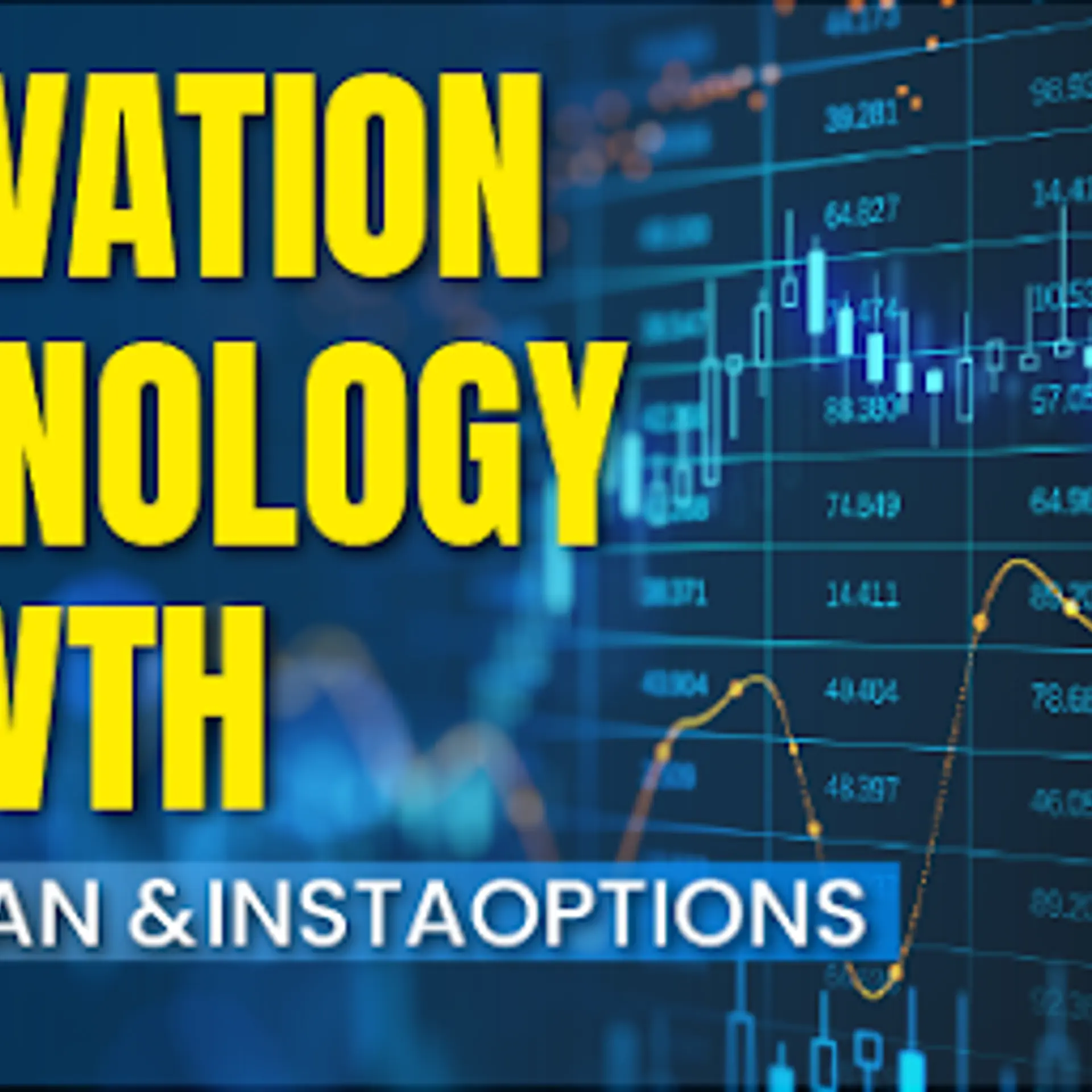[Techie Tuesday] How emerging technologies help hyperlocal distribution ecosystem
Dipesh Mittal, AVP Engineering at Shadowfax Technologies says that the hyperlocal marketplace model gained prominence due to the COVID-19 induced restrictions. Companies are now using emerging technologies such as artificial intelligence (AI), machine learning (ML) to improve consumer experience.
The hyperlocal marketplace model or on-demand near me delivery model has become a rage since it offers both accessibility and efficiency concurrently to the seller and the customer. Many companies have started exploring new avenues by adopting this business model as the sellers can deliver the products and their services to the customers at an unbelievably faster pace.
The hyperlocal model has taken the e-commerce space by storm and uplifted businesses offering grocery, food delivery, house care essentials, medicines, and personal care services.
Many businesses have reinvigorated themselves since shifting to hyperlocal platforms owing to the massive penetration of the internet in daily life.
Overview of the hyperlocal distribution ecosystem in India
The hyperlocal marketplace model demonstrates how technological advances can be combined with traditional shopping practices to develop a formula for success. It enables local businesses to deliver products or services to their targeted customers in a very short period.
Their service areas can extend to any distance from the location of the business. Since a hyperlocal space tends to have a very focused geographic distribution, local businesses are almost guaranteed visibility and buyers, provided they produce good products and services.
Whether it is food, groceries, vegetables, FMCG products, or services, hyperlocal marketplace have been lauded for delivering at an astonishing speed which has made it an attractive option for the customers.
To understand the hyperlocal business model better, let us consider a hyperlocal business in groceries. For example, the targeted customer places an order for the required list of grocery items on the particular mobile application, an aggregator accepts the order and sends the details to a delivery partner.
Deliveries are handled by a delivery partner who dispatches a delivery boy from a local store to procure the requested items and ensures that they reach the customer at their desired location. The aggregator manages the whole system and earns a commission for the work it does.
Changes brought in by the pandemic: Adoption of technology
COVID-19 has affected every major sector of the industry and the hyperlocal market is one of them. The pandemic posed new challenges to the model in terms of volume, extent, and resources. With restrictions on movement, there was a major shortage of manpower. From procurement to delivery, all facets of the hyperlocal delivery system were affected.
Orders placed saw an exponential increase in terms of the number and the quantities associated with each order. Efficient order processing and delivery became of utmost importance. The sellers had to adapt to these changes in a very short time and this is where technology came to the rescue.
Businesses have implemented state of the art technologies, for example, artificial intelligence, machine learning, and big data analytics for enhancing customer experience through chatbots, image recognition, and recommendation engines.
The voice/image-enabled search is becoming increasingly popular among locals who aren't fluent in English. To provide an enhanced experience to consumers, startups use data science to optimise their logistics and manage inventory through predictive demand forecasting.
Challenges that the sector has been facing and how is technology transforming it
Globally, the economy has been hit hard by the pandemic. This includes the e-commerce logistics industry as well. As regulation eases and the economy gradually recovers, businesses are racing to compensate for the decline.
The supply chain experienced disruptions and the logistics partners encountered many setbacks while meeting the rising demand during the pandemic due to restrictions on movement. Undeterred by the pandemic, the hyperlocal business model has been a perk for logistics partners, aggregators, and customers.
Post pandemic, businesses adopting hyperlocal models have become more precise in targeting customers. Demographic and psychographic segmentation of their customers has become more accurate.
The hyperlocal business model has seen an increase in the usage of real-time dynamic routing software based on artificial intelligence. The technology enables businesses to deliver on time, reducing costs resulting in a fast turnaround.
The algorithm takes into account various constraints such as pickup and delivery windows, no-entry time, waiting time, tonnage, driver-route mapping, etc. before determining the best route. The process cuts down on operational costs and simplifies the hyperlocal supply chain.
To ensure smooth, secure, and control-free delivery processes, hyperlocal businesses are switching to a distributed application platform like blockchain.
Blockchain technology enhances the delivery process and simplifies by discarding vendor hassles from hyperlocal logistics and enables an accurate, efficient, and error-free process for last-mile delivery.
Future outlook
Hyperlocal deliveries have become the one-stop solution for small sellers and aggregators alike, and the increasing demand for these services will only cause their adoption to continue. The pandemic will eventually subside but a hyperlocal delivery model will exist as it is the answer to the customer's woe of struggling for deliveries, acquiring products, the long wait, etc.
Edited by Affirunisa Kankudti
(Disclaimer: The views and opinions expressed in this article are those of the author and do not necessarily reflect the views of YourStory.)


![[Techie Tuesday] How emerging technologies help hyperlocal distribution ecosystem](https://images.yourstory.com/cs/2/f02aced0d86311e98e0865c1f0fe59a2/TT-02-1635154350681.png?mode=crop&crop=faces&ar=16%3A9&format=auto&w=1920&q=75)
![[Techie Tuesday] The top criteria startups should keep in mind when choosing their tech stack](https://images.yourstory.com/cs/2/f02aced0d86311e98e0865c1f0fe59a2/techie-tuesday-1634564185421.png?fm=png&auto=format&h=100&w=100&crop=entropy&fit=crop)




